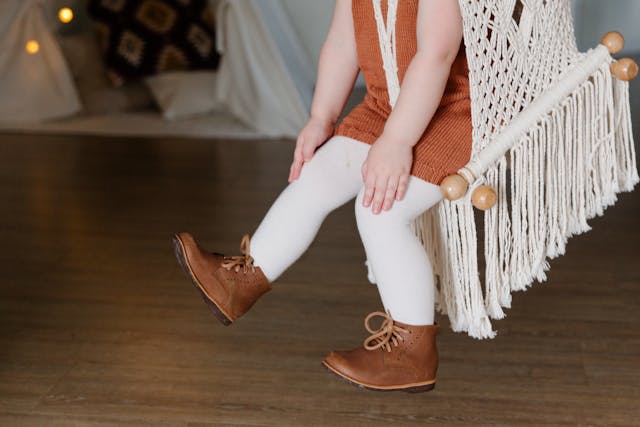
Discovering that your toddler has bitten someone can be alarming and distressing. As a parent, it’s natural to wonder whether this behavior is a typical phase or indicative of deeper issues. Understanding the reasons behind biting and recognizing when to seek professional advice are crucial steps in addressing and managing this behavior effectively.
Understanding Why Toddlers Bite
Biting is a common behavior among infants, toddlers, and 2-year-olds. Young children may bite for various reasons, including teething discomfort, exploration, frustration, or a lack of language skills to express their needs. As they mature and develop better communication and self-control, most children naturally outgrow this behavior. Recognizing the underlying cause can help parents respond appropriately and guide their child toward more acceptable ways of expressing themselves.
When Biting Is Considered Normal
Occasional biting incidents in toddlers are typically part of normal development. For example, a child might bite when overwhelmed by new environments or during interactions with peers. These isolated incidents often decrease as the child grows and learns alternative coping mechanisms. Consistent guidance and teaching appropriate social behaviors can aid in this developmental process.
Identifying Red Flags in Biting Behavior

While occasional biting is common, certain patterns may signal underlying concerns. Frequent, intense, or unprovoked biting, especially beyond the age of 3, could indicate emotional distress, sensory processing issues, or developmental delays. If the behavior persists despite consistent interventions, it may be time to consult a pediatrician or child psychologist for further evaluation. Early identification of potential issues allows for timely support and intervention.
Effective Strategies to Address Biting
- Stay Calm and Firm: Respond to biting incidents with a clear and calm statement like, “No biting. Biting hurts.” Avoid yelling or showing anger, as this can escalate the situation.
- Identify Triggers: Observe your child to determine what prompts the biting—whether it’s frustration, overstimulation, or the need for attention. Understanding the cause can help in developing appropriate responses.
- Teach Alternative Behaviors: Encourage your child to use words to express their feelings or to seek help from an adult when upset. Role-playing different scenarios can be an effective teaching tool.
- Provide Positive Reinforcement: Acknowledge and praise your child when they handle situations appropriately without resorting to biting. Positive reinforcement can motivate them to repeat desirable behaviors.
- Offer Teething Solutions: If teething is a factor, provide appropriate items for your child to chew on, such as teething rings, to alleviate discomfort.
When to Seek Professional Help
If biting persists beyond the toddler years or is accompanied by other concerning behaviors, it’s advisable to seek professional guidance. A healthcare provider can assess for underlying issues such as developmental delays, sensory processing disorders, or emotional challenges. Early intervention can lead to more effective management strategies and support your child’s overall development.
Toddler Biting Is Common
Biting is a common phase in early childhood, often stemming from developmental factors. By understanding the reasons behind this behavior and implementing consistent, positive strategies, parents can guide their children toward more appropriate ways of expressing themselves. Remaining patient and attentive during this phase is essential for fostering healthy development and communication skills.
Have you experienced biting behavior with your toddler? What strategies have you found effective in addressing it? Share your experiences and insights in the comments below.
Read More:
10 Steps to Create a Successful Stay-at-Home Mom Budget
No Respect? 13 Ways to Recognize Disrespectful Behavior in Kids
Tamila McDonald is a U.S. Army veteran with 20 years of service, including five years as a military financial advisor. After retiring from the Army, she spent eight years as an AFCPE-certified personal financial advisor for wounded warriors and their families. Now she writes about personal finance and benefits programs for numerous financial websites.








































